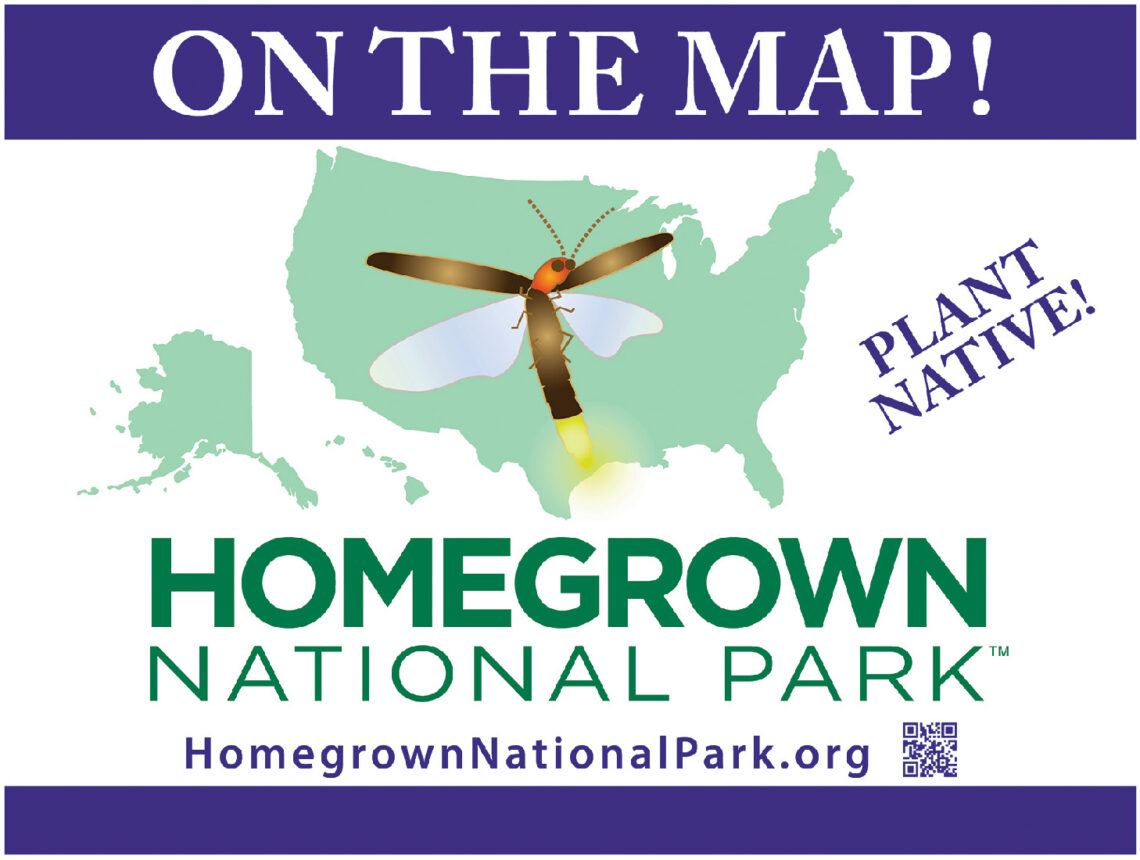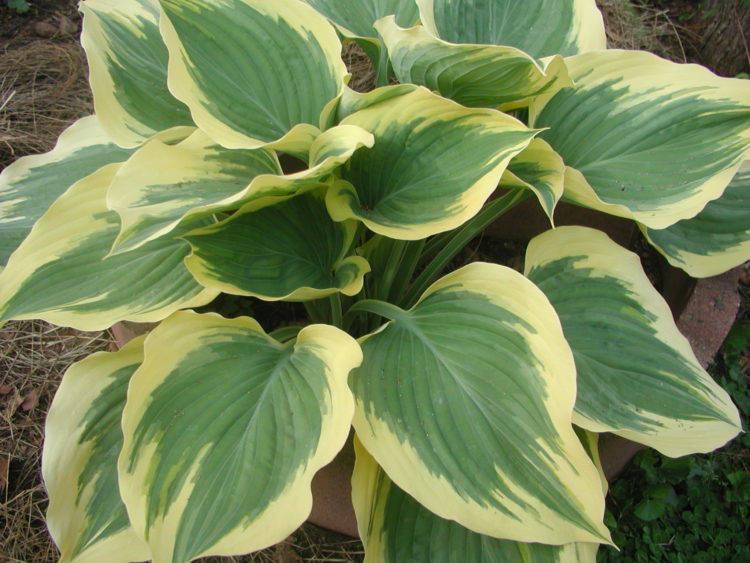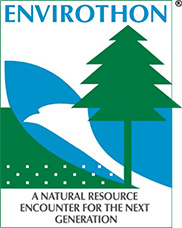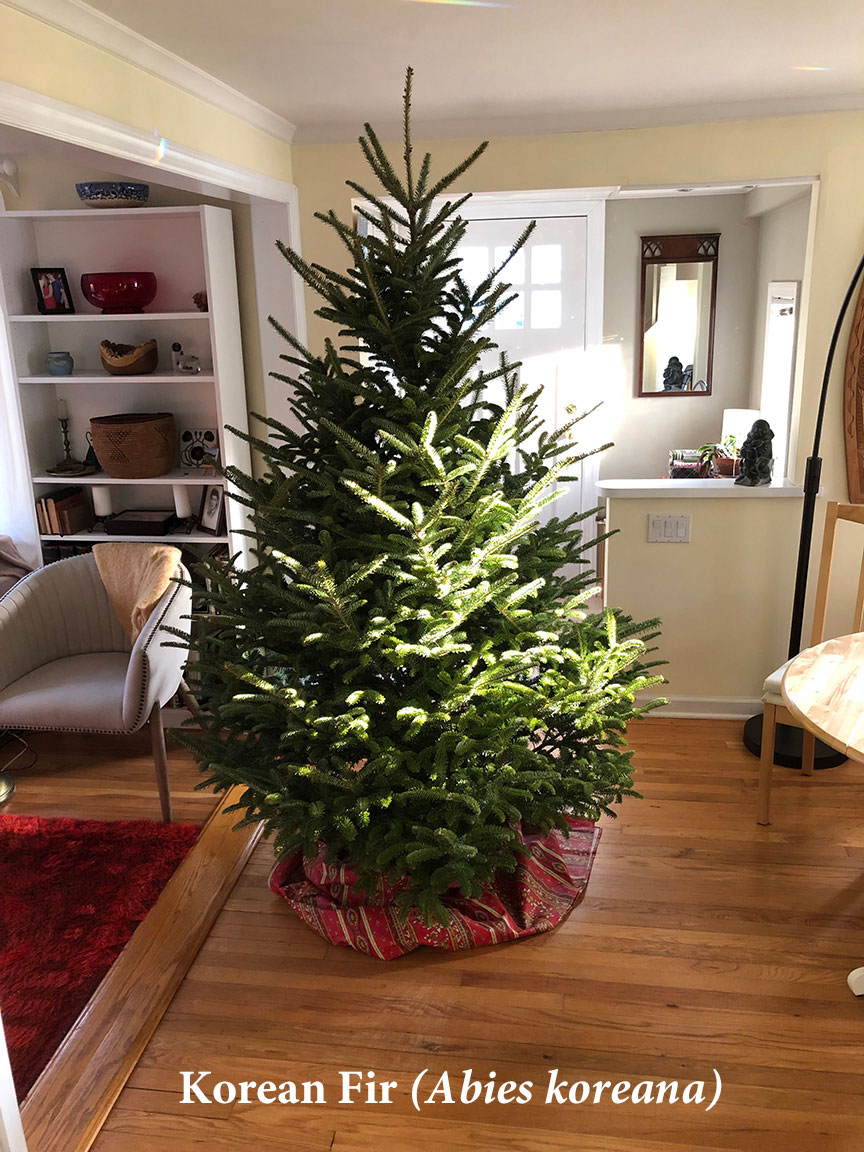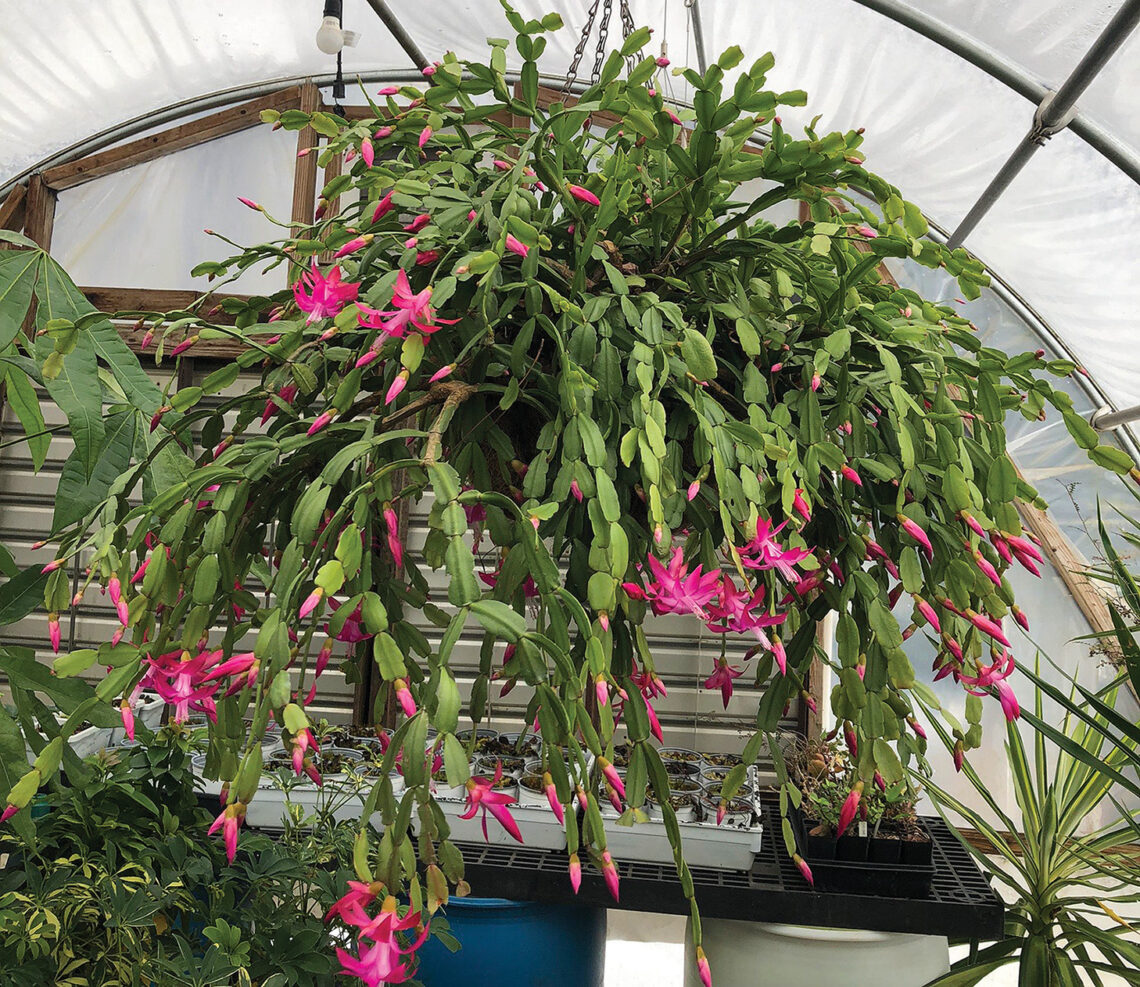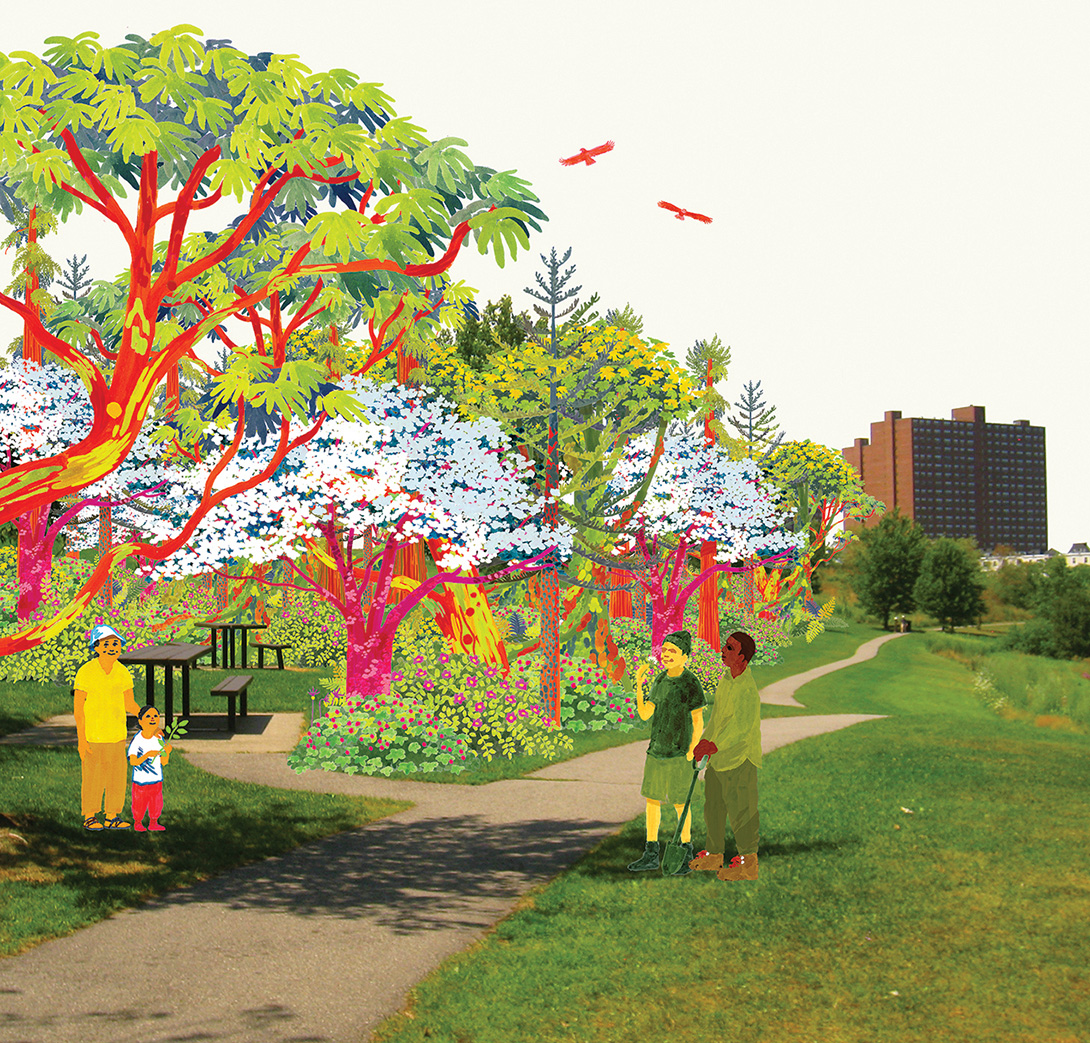By Kathy Connolly Millions of people will flock to national parks this summer, anticipating the oceanside cascades at Acadia, the wildlife at Yellowstone, or the views at Shenandoah. All these worthy destinations delight their visitors at the same time as they preserve extraordinary elements of the natural landscape and provide wildlife habitat. But, according to some ways of thinking, the national parks are more like nature museums than nature itself. One of those thinkers is Dr. Douglas Tallamy, whose 40 years of research have aimed to understand how insects interact with plants and how such interactions determine the diversity of animal communities. He is probably familiar to many Connecticut Gardener…
-
-
Teaming with Bacteria
Jeff Lowenfels has described writing a book as “going down a rabbit hole.” That’s also a fairly apt description of reading one of his books. I’ve read the entire Lord of the Roots Trilogy: Teaming With Microbes, Teaming With Nutrients and Teaming With Fungi. But, now that we have Teaming With Bacteria, I guess we have to call it the “Teaming Cycle.” In any case it’s another rabbit hole to explore, which I relish. I’m always a slightly different person after reading one of Jeff’s books. I can’t say I remember all the details but I always discover a new way of looking at things. For those into the soil…
-
2023 Hostas of the Year
Hosta ‘Neptune’ … The American Hosta Growers Association’s Hosta of the Year for 2023 is Hosta ‘Neptune.’ An impressive blue specimen with large wavy-edged leaves, it’s a cross by Hans Hansen that combines the qualities of Hosta ‘Maekawa’ × ‘Halcyon’ and Hosta ‘Salute.’ In spring, the rippled leaves are grayish blue but eventually turn more blue-green. The lanceolate leaves are sturdy and have some slug resistance. Its cascading form displays well when planted on a ledge or in a container. Pale lavender flowers are produced on arching scapes in late summer and early fall. Easy to grow and low-maintenance. Hosta ‘Neptune’• 2’ high and 4’ wide• Pale lavender flowers in…
-
Growing Cannabis in Connecticut – Part II
By Bryan Connolly This article has the home growers as the target audience. There is a process to apply for a commercial THC cultivation license that can be viewed at https://bit.ly/3CG3wZM Know the rules: check the regulations on the State of Connecticut website before you grow your own: https://bit.ly/3ICgNGp In short, no THC plants can be grown outdoors in Connecticut. They must be grown in a secure area and not visible from the outside. An individual over 21 can grow 6 plants; 3 can be mature or in flower and 3 immature or vegetative. Only 12 plants are allowed per household, so if you have 3 people over 21, only…
-
Connecticut Envirothon
By Jean Laughman As a subscriber to Connecticut Gardener, of course you are a gardener! You may be a hobbyist, botanist, horticultural professional, educator, landscape designer, landscape architect, scientist, etc., and there was a path that led you there, and likely a spark that set you off on the journey. Your childhood experiences outdoors, exposure to friends and relatives who gardened, and lessons learned both inside and outside of school probably contributed to making you the gardener you are today. So how can we assure that knowledge and experience is passed to the youth of today? According to Learn.org, statistics from the US Labor Department predict a 9% growth in…
-
Growing Cannabis in Connecticut – Part I
By Bryan Connolly By now you’ve probably heard a lot about Cannabis in Connecticut. As of July 1, 2022, it is legal to possess up to 1.5 ounces of THC Cannabis on your person and up to 5 ounces in your house in the state. Additionally, on Jan 10, 2023, dispensaries opened for legal sale to individuals over 21 for recreational use. For gardeners the exciting part is yet to come. On July 1, 2023, adults over 21 will be allowed to cultivate 6 THC Cannabis plants in their homes. This article will introduce the plant and the laws on its cultivation. Part 2 will appear in a subsequent issue…
-
Christmas Trees & Conifers for a Changing Climate
By Richard S. Cowles Six years ago, Dr. Richard (Dick) Jaynes wrote a splendid article “All About Christmas Trees,” for Connecticut Gardener (Vol. 21, No. 5, pp. 2-5). In that article, he described the basics on how Christmas trees are grown in our state. This article can be considered an update; in it, I will explain what changes are likely to take place in the species being grown and why these changes are necessary. This information may also be useful for gardeners who wish to know which species of conifers are suitable for planting in their landscape, and provides guidance regarding the various diseases, insects, and mites affecting these species…
-
Holiday Cactus
By Glen Lord Holiday cactus are a group of epiphytic and semi-epiphytic cacti native to South America. In the United States these are most commonly Thanksgiving Cactus, Schlumbergera truncata; Christmas Cactus, Schlumbergera × buckleyi; and Easter Cactus, Rhipsalidopsis gaertneri. The common names are mostly recognized in the US because the majority of the bloom cycle corresponds to those holidays. In other parts of the world they are known by other names such as Spring Cactus and Zygocactus. Whatever name you know them by, they are a welcome treat as they bloom for us in the long dark days of fall and winter. These types of cactus have segmented stems consisting…
-
Miyawaki Forests
Graphic / Henry McCausland, SUGi Project – An artist’s rendition of what the Miyawaki Forest in Cambridge might look like one day. By Will Rowlands Last July, on an extremely hot day we visited a Miyawaki Forest – a 4000 square foot miniforest or pocket forest – planted the previous fall at Danehy Park in Cambridge, Mass. It’s the first Miyawaki Forest in the Northeastern US and was planted on Sept. 25, 2021. The City of Cambridge says it will “boost biodiversity and climate resilience.” Danehy Park is a 49-acre facility located on a former landfill. A press release from the City of Cambridge explains … “The Miyawaki method is…
-
More about the Gardens at Saybrook Point Resort & Marina
In our Winter ’22-’23 issue we featured a story about the beautiful gardens at Saybrook Point Resort & Marina and Darci Lombardo, the woman who has tended them for the last 7 years. There was no space to add any captions to the photos (we packed in as many as we could) so I promised to get some plant IDs in here for those who are interested. Darci helped identify most everything, and the plants are listed below (not latinized, for the most part, so you’ll have to do some googling if you are so inclined). Click here for a pdf of the story. Page 20: Top left, Strawberry Vanilla…
